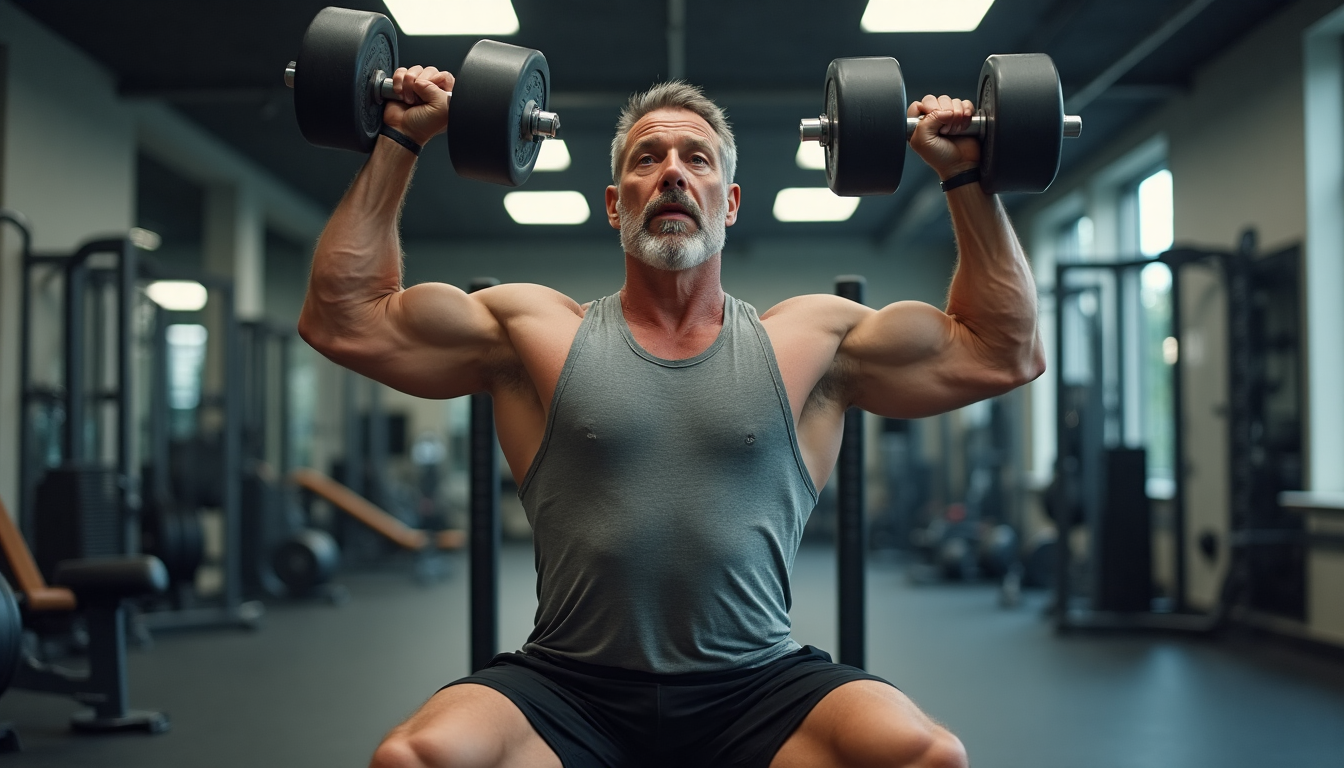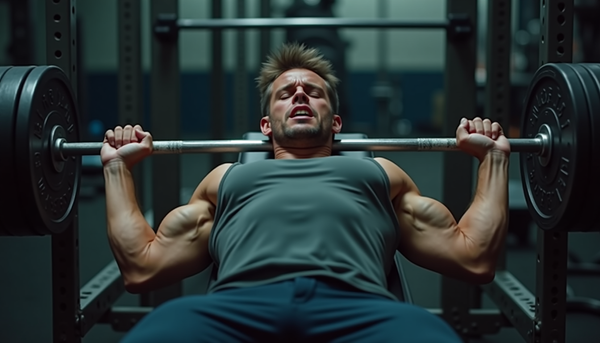Why I Ditched Standing Exercises (And You Should Too)

The Day My Legs Betrayed Me
Three years ago, I tore my achilles during what was supposed to be a "light" basketball pickup game. Yeah, I know - classic middle-aged guy move. One minute I'm thinking I'm still 22, next minute I'm on the ground wondering if that pop sound came from my ankle or my ego.
But here's the thing that really pissed me off: everyone assumed my training was over. "Take it easy, Tank," they said. "Maybe focus on upper body for a while." As if I was gonna waste 8 weeks sitting around doing bicep curls like some gym bro.
That injury forced me to rediscover something I'd been teaching athletes for years but somehow forgot applied to myself: you don't need working legs to build explosive, functional strength.
The Problem with "Modified" Training
Most people think injury modification means doing easier exercises. Wrong. Dead wrong.
When you're sidelined with a lower body injury, the biggest loss isn't leg strength - you can rebuild that. It's the coordination between your upper and lower body. That lightning-fast communication system that makes you athletic, not just strong.
Traditional seated exercises? They're garbage for this. Sure, you can bench press and do some rows, but you're training your body like a machine with separate parts instead of the integrated system it actually is.
I learned this the hard way during my coaching days at State. Had this linebacker - built like a brick house - who blew out his knee mid-season. Kid could still bench 315, but when he came back, something was off. His punch timing was garbage. Couldn't coordinate his upper body explosion with his lower body drive.
That's when I started experimenting with what I call "seated power training."
Enter the Game Changer: Seated Dumbbell Clean and Press
This exercise saved my ass during recovery, and it's been my secret weapon ever since. Sounds simple, but it's deceptively complex - and brutally effective.
Here's why it works when everything else fails:
It teaches your trunk to be the powerhouse it was meant to be. When you can't push through your legs, every ounce of force has to come from your core and upper body working in perfect harmony.
It maintains your explosive timing. That snap from hip hinge to overhead drive? That's athletic coordination at its finest.
It humbles you real quick. You think you're strong until you try to control 50-pound dumbbells flying toward your face while balancing on a bench.
How to Actually Do It (Without Looking Like an Idiot)
Alright, here's the breakdown. Pay attention because I'm only explaining this once:
Setup
- Sit on the edge of a bench, feet planted firmly
- Grab two dumbbells with a neutral grip (thumbs up, like you're hitchhiking)
- Start lighter than your ego wants - trust me on this
The Movement
- Hinge forward from your hips until the dumbbells touch the floor
- Keep your back flat, chest up
- This isn't a slouch-and-grab movement
- Explode up through your hips while shrugging your shoulders
- Think "violent sit-up" but controlled
- The bells should whip up to your shoulders
- Immediately press overhead
- Don't pause at your shoulders
- Drive those weights up like you're trying to punch the ceiling
- Control the descent
- Lower to shoulders, then back to floor
- This isn't a free-fall
The Critical Details Everyone Screws Up
Timing is everything. The clean and press should feel like one fluid motion, not two separate exercises. If you're pausing at your shoulders like you're doing a military press, you're missing the point.
Your core is the star here. Every rep should feel like your abs are getting worked over by a heavyweight boxer. If they're not screaming, you're not doing it right.
Speed kills... in a good way. The faster you can hinge and extend (while maintaining control), the more your nervous system adapts to explosive movement patterns.
Why This Beats Everything Else
I've programmed this exercise for everyone from injured college athletes to 50-year-old desk jockeys with bad knees. Here's why it works where other stuff fails:
Functional carryover: Ever notice how some gym rats can lift massive weight but can't throw a medicine ball to save their lives? This exercise bridges that gap. The coordination patterns transfer directly to athletic movements.
Scalable intensity: Want to build strength? Load it up heavy for 3-5 reps. Need conditioning? Drop the weight and bang out 15-20 reps in 30 seconds. I've had clients work up to 80-pound dumbbells for strength and drop down to 20s for metabolic destruction.
Injury-proof progression: Unlike standing Olympic lifts, if you lose control here, you're not gonna end up under 185 pounds of barbell. Worst case, you drop some dumbbells and bruise your ego.
When You Get Comfortable (aka Time to Suffer More)
Once you've mastered the basic movement - and I mean really mastered it, not just going through the motions - you can level up to the seated dumbbell snatch.
Same setup, but instead of stopping at your shoulders, you drive those bells straight overhead in one motion. Turn your palms down and focus on speed and control.
Fair warning: this variation will expose every weakness in your shoulder stability and core strength. I've seen grown men humbled by 25-pound dumbbells.
Real Talk: My Results (And My Clients')
During my achilles recovery, I did this exercise 3x per week. By the time I was cleared for full activity, my overhead pressing strength had actually increased. More importantly, when I got back to playing ball, my upper body coordination was sharper than before the injury.
Same story with my clients. Sarah, a soccer player with a stress fracture, maintained her upper body power through an 8-week layoff using this exercise. When she returned to sport-specific training, her headers were more powerful than ever.
Mike, a weekend warrior with chronic knee issues, uses this as his primary power exercise. Dude's 45 and can clean and press 70s for reps - and his golf swing has never been better.
The Bottom Line
Look, I get it. This exercise doesn't look as cool as doing cleans from the floor or snatching heavy weight overhead. But sometimes the most effective training is the stuff that doesn't make for great Instagram videos.
Whether you're dealing with an injury, have chronic lower body issues, or just want to add a new dimension to your training, the seated dumbbell clean and press deserves a spot in your program.
Your homework: Next time you're in the gym, grab some light dumbbells and give this a shot. Start with 20s or 25s - yeah, lighter than you think you need. Focus on the timing and coordination, not the weight.
And when you're inevitably sore in places you didn't know existed, remember: that's your body learning to be athletic again.
Trust me, your future self will thank you. Even if your abs hate you for the next few days.
Questions about form? Stories of success (or spectacular failure)? Drop them in the comments. I read every single one, and I might even respond if you ask nicely.




